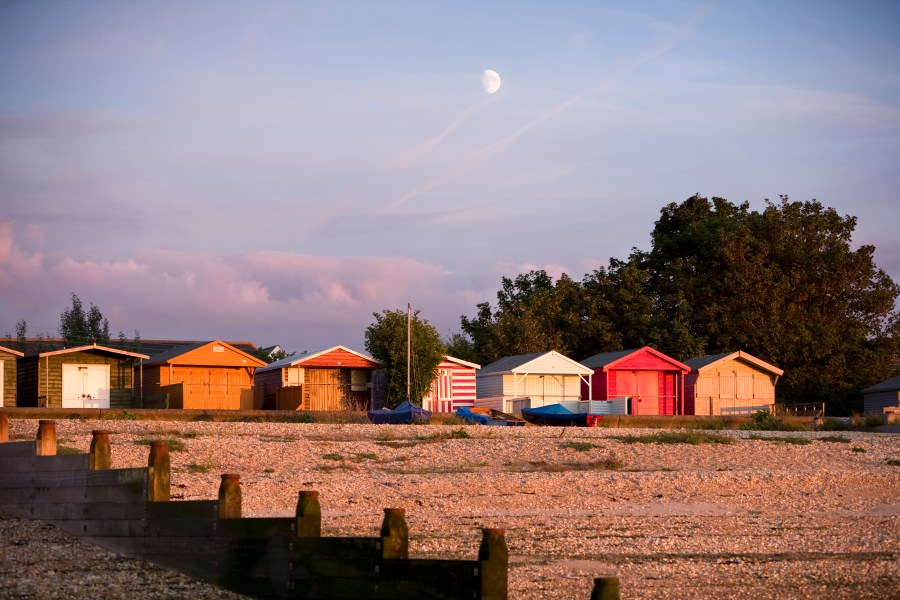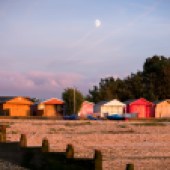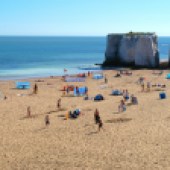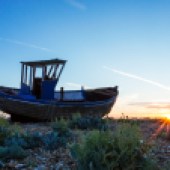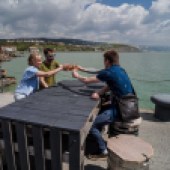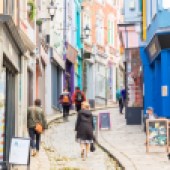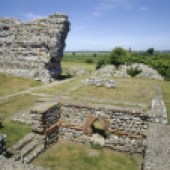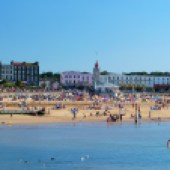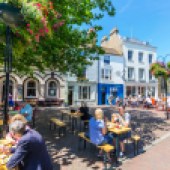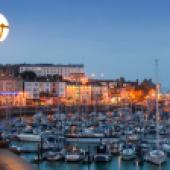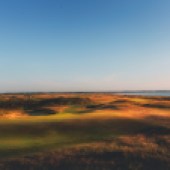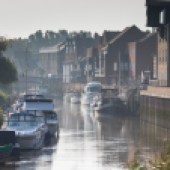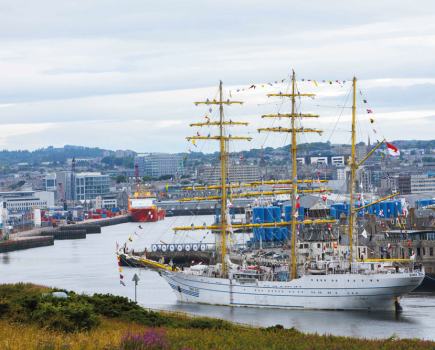Kent’s coastal towns offer a visitor experience full of variety and verve, as CHRIS BRITCHER reveals.
Thirty years ago, Whitstable was a rather nondescript town on the north Kent coast, licking its wounds. The fishing industry, upon which it once relied, had declined dramatically and investment was hard to come by. But food, drink and its unspoilt charms have seen tourism emerge as its saving grace. Today it stands as one of the south east’s most popular visitor destinations.
Its narrow streets are lined with independent stores; acclaimed restaurants mingle with high-end boutiques and, in peak summer, its shingle shores overlooking the Thames Estuary are hidden beneath a blanket of day-trippers.
Many of those visitors will struggle to resist a plate of the town’s acclaimed (and ubiquitous) oysters – served on the quayside of its pretty working harbour – or quenching their thirst with a pint of Whitstable Bay Pale Ale, a tipple created in neighbouring Faversham by Britain’s oldest brewer, Shepherd Neame.
Yet you dismiss Kent’s other coastal charms at your peril. Drenched in history – from fossil-rich beaches on its south shores to its historic dockyards on the banks of the River Medway at Chatham – ancient and modern unites here. From sand to shingle, dramatic cliff formations to marinas ringed with cafés and restaurants, the county is fast developing a reputation for delivering on all fronts.
A little further down the A299 from Whitstable brings you to Kent’s coastal town of Thanet. Once an island – the River Wantsum, today a shadow of its former self, divided it from the mainland – the district retains a distinct character. And it has three of the county’s seaside jewels.
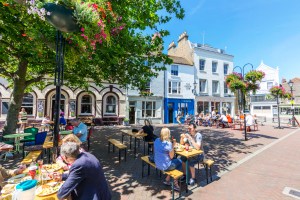
Margate’s Old Town has been revived into a bustling maze of restaurants, cafés and shops
First there is Margate, a town with a glorious tourism heritage which spent much of the last 30 years in a blue funk after being deserted by holidaymakers who preferred the lure of cheap foreign holidays to its more traditional kiss-me-quick offering.
Using art as a catalyst for its regeneration, the opening of the Turner Contemporary gallery in 2011 – perched next to the harbour arm – has seen its fortunes revived; pulling in day-trippers and locals alike. It’s even seen Tracey Emin, once the enfant terrible of the British art world, recently return to her home town to live, work and even establish an art school.
A further boost came in 2014 when the once all-conquering Dreamland theme park was re-opened. At its heart, as in the past, was the Scenic Railway – the oldest, wooden, rollercoaster in Britain.
With the influx of crowds, Margate’s Old Town has been revived into a bustling maze of restaurants, cafés and shops. It is a revival spreading like a life force across the rest of the town.
Don’t be put off exploring a little further into Kent’s coastal towns, to the neighbouring town of Cliftonville. Rock band The Libertines can entertain you at The Albion Rooms, the bar, studio and hotel the band members operate. It would also be remiss not to visit the Shell Grotto – a maze of underground caves lined entirely in seashells. Quite why, nobody really knows for sure.
Continuing into neighbouring Broadstairs – and don’t overlook the coastline surrounding it with hidden bays and dramatic cliff formations – its narrow streets and beautiful sandy beach are established favourites.
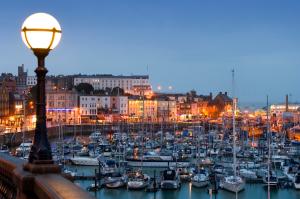
Taking centre stage in Ramsgate the country’s only ‘Royal’ harbour
It oozes an olde world seafront charm – festooned with all the modern trimmings for food and drink connoisseurs.
Charles Dickens used to holiday here in Fort House, a prominent building overlooking the town and what has, since his death, been renamed Bleak House. It was here he penned David Copperfield and drafted out the story of the book whose name it now takes.
Moving on through to the final of Thanet’s trio of main towns is Ramsgate. The town’s star attraction is its blend of Regency villas and Georgian terraces and the view they overlook. Taking centre stage is the country’s only ‘Royal’ harbour. Today home to a splendid marina, the old boat repair workshops which ring the harbour are all converted into fascinating outlets which beg to be explored.
Just around the corner from the marina are the Ramsgate Tunnels – a fascinating glimpse into the past which weave their way beneath the town. During the Second World War residents took refuge here – many living in them full-time – to avoid aerial bombardment. Today it’s a revived tourist attraction and well worth a visit.
Continuing down the east coast, you enter what has been called White Cliff Country – and the trio of Deal, Sandwich and Dover.
If you’re a golf fan you are in luck. The stretch includes three famous links courses – the Royal Cinque Ports in Deal, Prince’s in Sandwich, and its near neighbour in the town, Royal St George’s – host of The Open in 2021. James Bond author Ian Fleming used to be a member of Royal St George’s and he based the famous golf scene in Goldfinger around the course – which he thinly disguised as ‘Royal St Mark’s’.
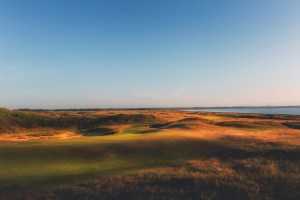
James Bond author Ian Fleming used to be a member of Royal St George’s. (credit Jason Livy)
Just outside Dover is the oasis of Kent’s coastal towns- Samphire Hoe. Now a 30-hectare country park, it was reclaimed from the sea after being formed by the millions of tonnes of chalk dug from under the Channel during the building of the Channel Tunnel. Now rich in biodiversity, access is via a tunnel through the cliff.
Stealing a march on Margate’s art-inspired rejuvenation, Folkestone has long since taken a similar path. Its standout event is the Folkestone Triennial (next due to be held in 2024) attracting internationally acclaimed artists with events taking place across the town.
At the 2014 event, one artist buried £10,000 of solid gold nuggets in a beach and invited anyone to try and recover it when the tide went out…it’s thought some remains to be unearthed. Something to keep an eye out for when building a sandcastle perhaps!
Its harbour arm – which once saw cross-Channel ferries dock – has now been transformed into place of food, drink and entertainment. Stroll up through the Creative Quarter – cobbled streets leading up to the town centre – and you’ll find galleries mingling with restaurants and a host of independent traders.
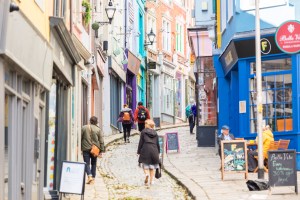
Stroll through Folkestone’s Creative Quarter to find galleries mingling with restaurants and a host of independent traders
While a walk along The Leas provides not only fabulous views across the Channel from the cliff-top promenade, but also some majestic Victorian and Edwardian architecture.
If you want to escape it all, then just before Kent meets the East Sussex border, the Romney Marsh is an area of fascinating contrasts.
Perched on its shingle bank is the imposing industry of Dungeness nuclear power station. Currently in the process of being decommissioned, it sits next to a nature reserve expanding several miles and formed of freshwater pits, wet grassland and colourful wildflower meadows.
Neighbouring the power station are a splattering of homes on the shingle shores. Many are wooden structures – some converted from former railway carriages. They create a rather alien landscape which has, perhaps not surprisingly, become a Mecca for artists, photographers and the curious.
Visitors can take a scenic route to reach the site (get out when you spot the Grade II-listed Old Lighthouse) on the Romney, Hythe and Dymchurch Railway. A light train service which links the coastal towns. For buffs of classic comedy, when reopened following the war, the ribbon was cut by none other than Laurel and Hardy in 1947.
For more information on Kent’s coastal towns and what Kent can offer visit www.visitkent.co.uk
FASCINATING FACTS
- The Romans are believed to have first landed in England at Pegwell Bay – between Ramsgate and Sandwich. The remains of a Roman fort and amphitheatre can be seen today. Although delay your trip there until next year as site owner, English Heritage, is currently revamping it ahead of launching its Richborough: Gateway to Britannia project.
- The Isle of Sheppey has long attracted holidaymakers but did you know it was also home to modern aviation in this country? The Short Brothers were given licences by the pioneering Wright Brothers to build versions of their planes on the island at workshops at Leysdown – built around 1909. It became the first company in the world to mass produce aircraft. A statue dedicated to the Shorts stands close to the Muswell Manor Holiday Park.
- Dover Castle towers over the port town and brings echoes of hundreds of years of history. Built soon after 1066 – although traces of Iron Age occupation have been found, as well as being home a Roman lighthouse dating from the 2nd Century – it was reinforced for the Napoleonic Wars and was a key military command centre during the Second World War. The maze of wartime tunnels were also used post-war as a potential shelter for regional government in the event of a nuclear attack.
- The Hoo Peninsula, set close to where the River Thames emerges into the estuary, has inspired many writers and artists with its quiet, gentle landscape. It was also where Charles Dickens, who lived in nearby Higham up until his death, set the opening scenes of his novel Great Expectations. Visitors to St Mary’s Church in Lower Higham can still see the row of graves which are referenced in the 1860 tome.
Read about moving to other places in Eastbourne, Rye Bay and St Leonards. And look out for our ‘Move To…’ feature in the last issue of coast magazine.

